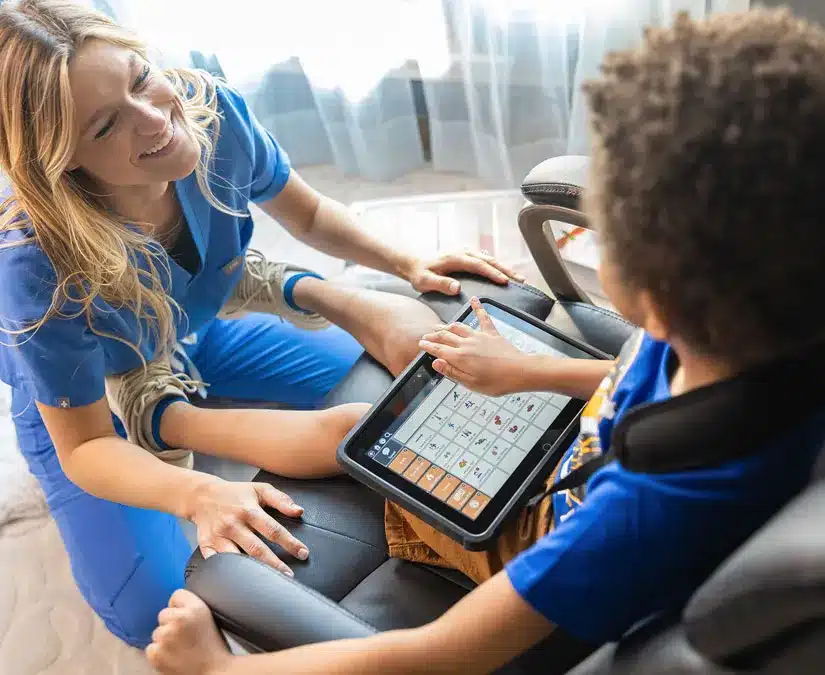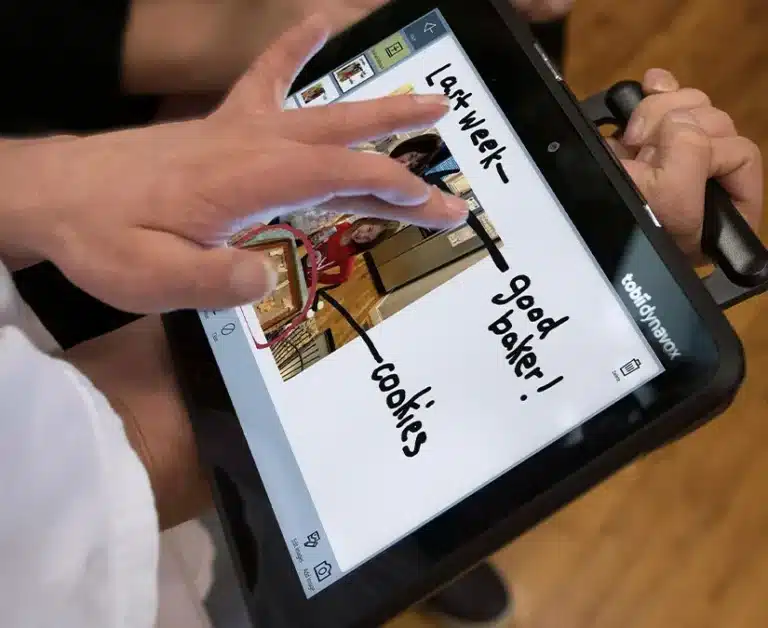
Autism is a neurodevelopmental condition that affects how a person thinks, feels, interacts with others, and experiences their environment. It is a lifelong disability that starts when a person is born and stays with them into old age. It is estimated that 1 in 70 people are on the autism spectrum.
People with autism display a wide range of characteristics which relate to strengths, communication, social interaction, sensory processing, emotional responses and thinking patterns. While there are common characteristics that individuals are required to have to receive a diagnosis of autism, no two individuals with autism will have the same lived experience, which is why the term ‘spectrum’ is used. Autism is often linked with other physical and developmental conditions which may include intellectual disability, learning difficulties, epilepsy, dyspraxia and other challenges with motor coordination, sensory processing differences and anxiety or depression.
Strengths
Areas of strength vary in each person with autism, but may include:
- Logical or visual thinking
- Maintaining focus on tasks they are interested in
- Eye for detail
- Memory for facts and figures
- Skills with technology
- Enjoying routines and predictability.
Sensory Processing
People with autism often have different responses to sensory input. This might look like:
- Being more aware of or distracted by some sensations e.g. sounds, smells, touch
- Feeling overwhelmed if there are too many sensations at once e.g. loud environments, bright lights, lots of close contact
- Avoidance of some situations or environments to reduce sensation e.g. covering ears, retreating to quiet places
- Seeking additional or unique sensory experiences e.g. smelling or licking food as well as non-food objects, flicking fingers in front of eyes, making specific noises
- Not noticing internal sensations like hunger or pain.
Communication
Some common communication challenges for people with autism:
- Language delays in childhood
- Not developing spoken language and requiring other forms of communication
- Difficulties with verbal and non-verbal communication
- Difficulty with the social aspects of language, such as initiating and maintaining conversation and understanding meaning from other people’s body language
- Difficulty initiating and maintaining reciprocal social relationships
- Repeating words or phrases in a way that may seem out of context.
In addition to needing help or therapy to develop spoken language, people with autism often benefit from being provided with other options for communicating and understanding communication. Augmentative and alternative communication (AAC) systems can assist with this. These systems can be low-tech e.g. cards, boards or books, or high-tech such as speech-generating devices. There are also a number of AAC software programs to support individuals with autism to communicate.
Life with Assistive Technology
Six-year-old Brock loves to laugh and joke around. He will run, spin and jump for hours, unless he’s taking things apart just to see how they go back together. When Brock was a toddler, his mum and dad noticed that he had trouble getting his words out, an early sign of autism. After Brock was diagnosed, his parents learned about AAC (augmentative and alternative communication).
Brock’s Speech-Language Therapist, Emily, recommended assistive technology to the family. Brock uses the TD I-110, a touch screen speech generating device, to ask for juice, play with his little brother, Beau, and practice words he learns in school. Emily introduced Brock to the device in one of his favourite places: the hallways of his autism centre, where Brock’s first words were “go” and “run.” Now, Brock takes his TD I-110 wherever he goes. Using TD Snap communication software, Brock can explore page after page of colourful symbols that help him build vocabulary on trips to the zoo, the playground, and other fun places. Like many kids communicating with AAC, he often switches between his device and print solutions, such as communication boards which are made with the same symbols found in TD Snap. This mix of high and low-tech AAC makes it easier for Brock to communicate and learn.


